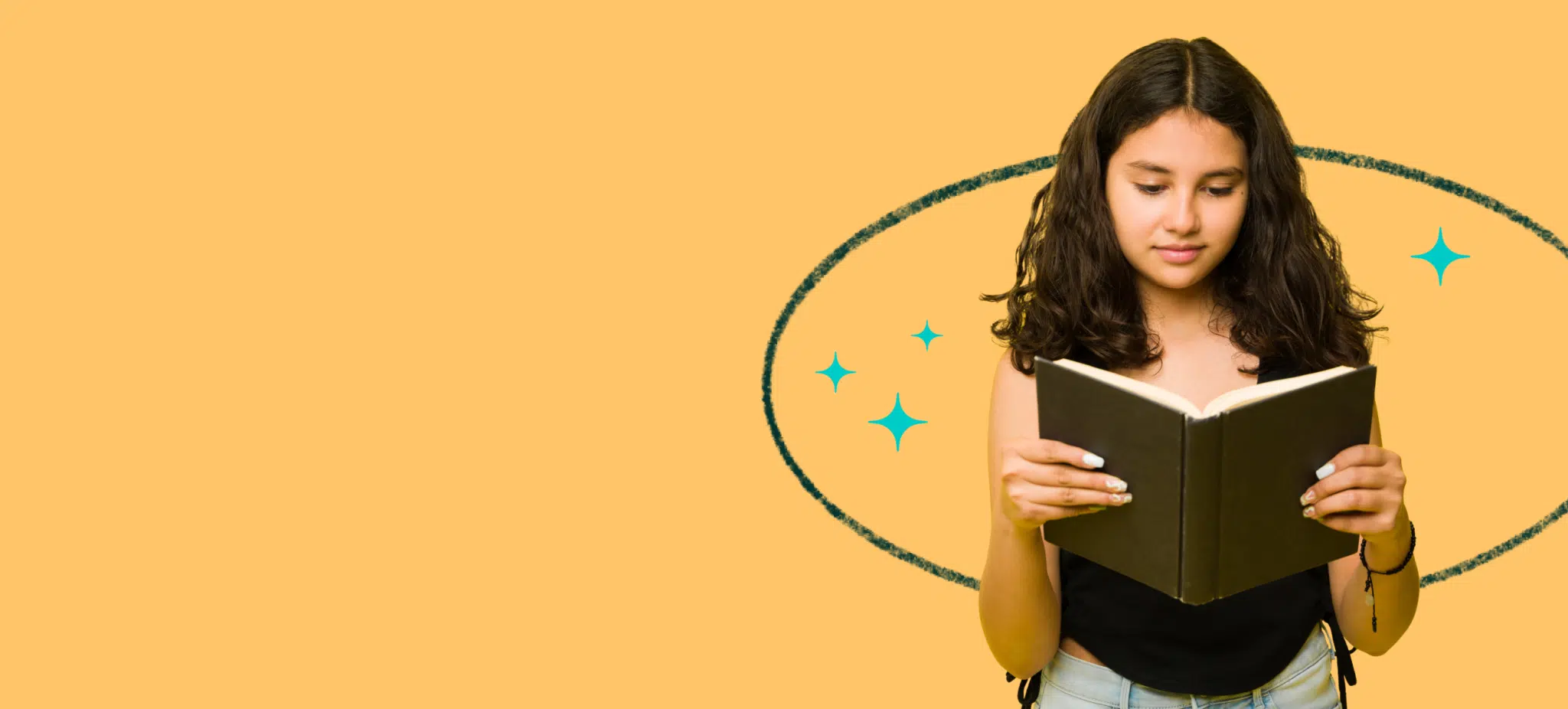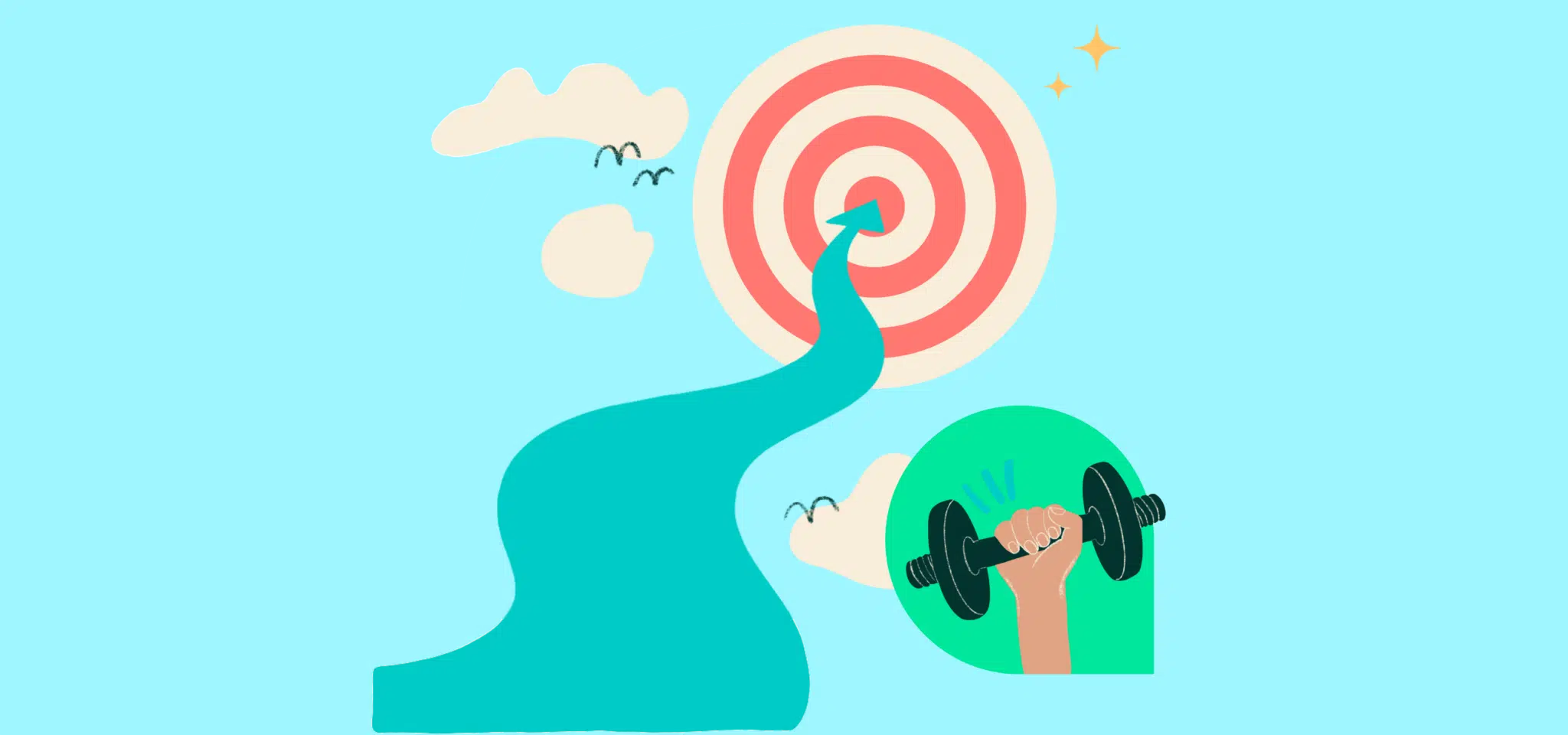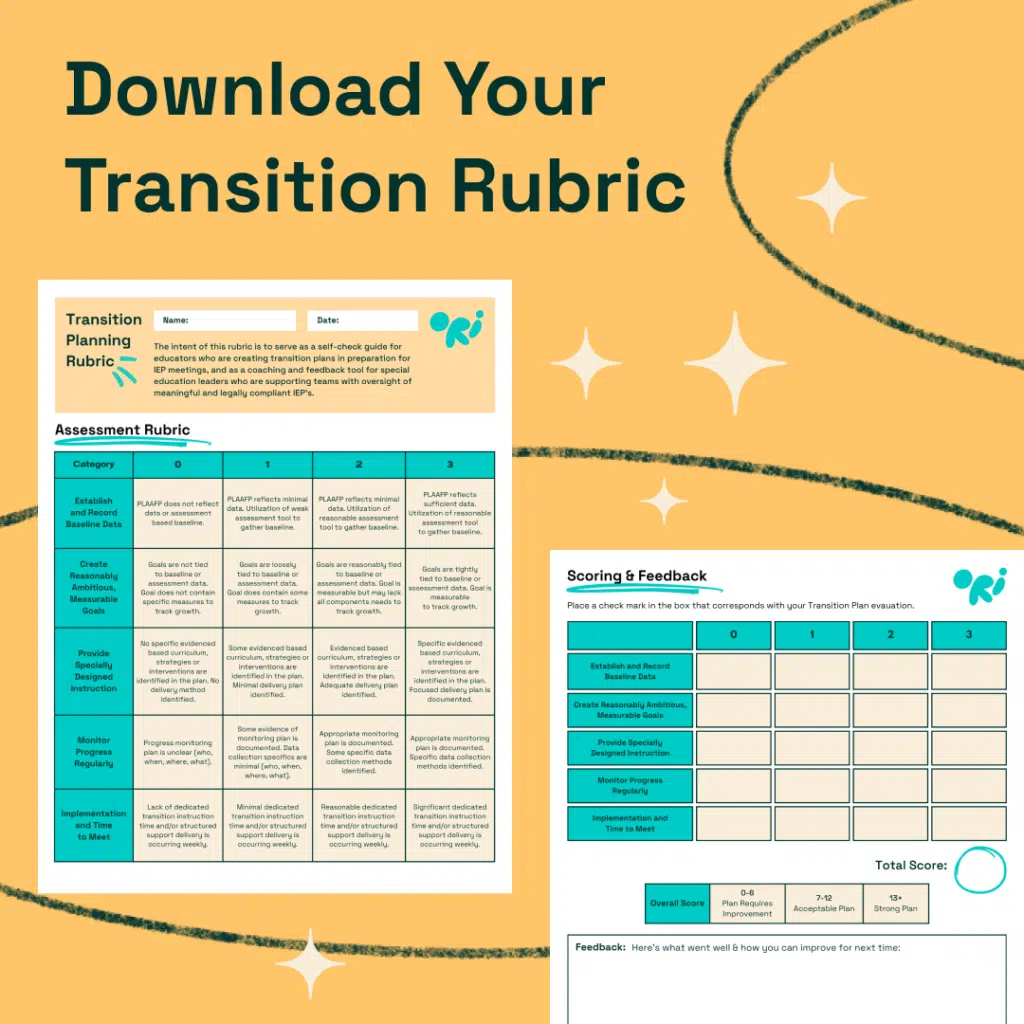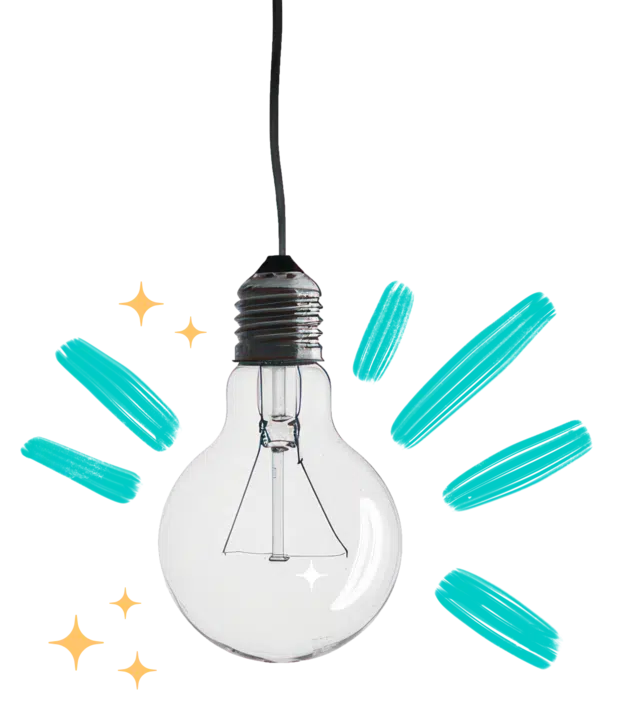


Peer interaction is vital for social development, allowing students to build relationships, share experiences, and learn from one another. This guide aims to assist educators in creating effective Peer Interaction IEP goals to support students with special needs in enhancing their social skills and ability to interact positively with their peers.
Peer interaction encompasses all forms of communication and social exchange that occur between individuals of similar age or developmental level. It is crucial for developing social norms, language skills, and emotional understanding. For students with special needs, these interactions can sometimes be challenging due to difficulties with communication, social cues, or anxiety, making targeted IEP goals essential for their social integration.
Incorporating peer interaction goals into a student’s Individualized Education Program (IEP) provides a structured approach to improving their social participation. These goals are critical for helping students develop friendships, improve their communication skills, and feel more integrated within their school community.
Effective peer interaction IEP goals should be aligned with the student’s Present Levels of Academic Achievement and Functional Performance (PLAAFP) and comply with the Individuals with Disabilities Education Act (IDEA) requirements. This alignment ensures the goals are tailored to the student’s unique needs and provide meaningful opportunities for growth.
Our Transition Planning Rubric is designed to support district leaders and educators in guiding their teams towards excellence in transition planning.
It provides comprehensive criteria that cover the breadth of transition planning, from gauging student engagement to evaluating post-secondary goals and services.
Expand your team’s capabilities and improve the success of IEP meetings.

Disclaimer: These sample goals serve as general templates. It’s important that each goal is customized to the specific circumstances and needs of the student.
By focusing on enhancing peer interaction skills, educators can significantly contribute to the holistic development of students with special needs, fostering a sense of belonging and improved self-esteem. These IEP goals not only support academic success but also enhance life quality by building foundational social skills.
Utilize Ori Learning’s specialized resources and strategies to effectively implement and track peer interaction IEP goals, ensuring each student can achieve their best possible outcomes. Explore our educational solutions to find out how we can help support your efforts in fostering a more inclusive school environment.
